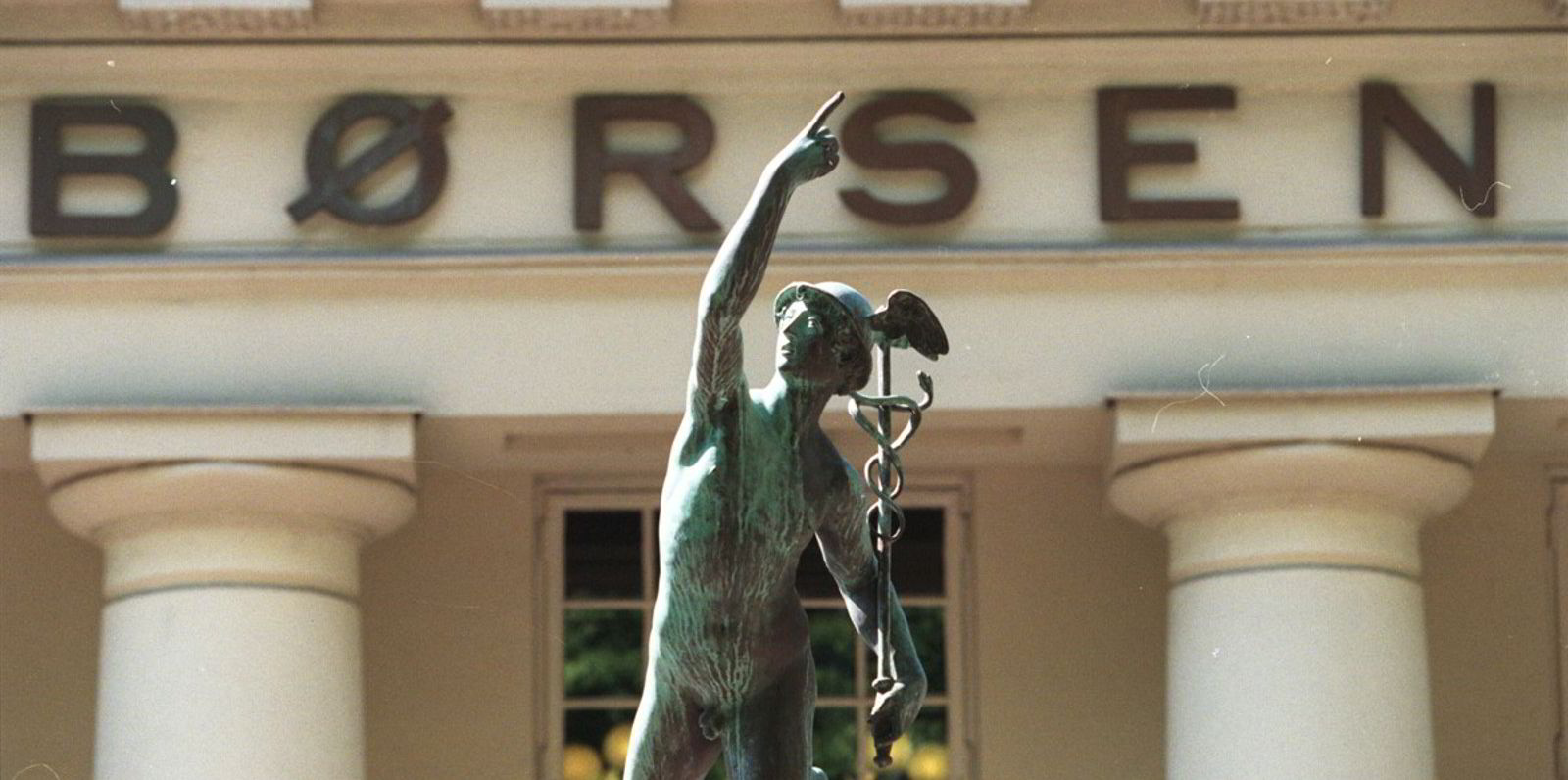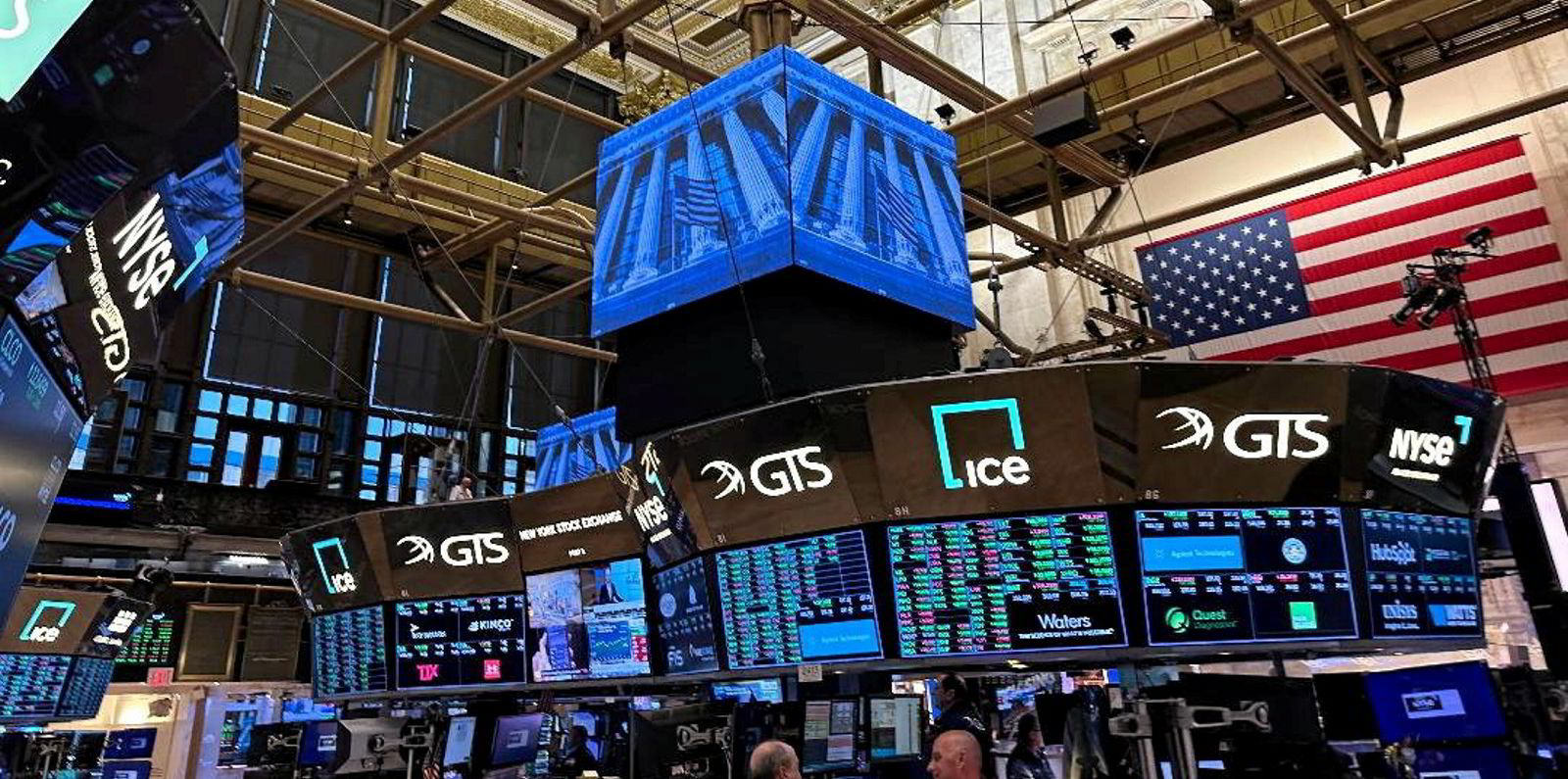Oslo-listed shipping stocks put in a mixed performance in the first half of 2023, despite market observers pushing a rosy outlook for much of the market.
Just under half of the shipping companies trading on the Oslo Stock Exchange saw their prices drop during the first six months of the year. The gap between fortunes was wide: Avance Gas added 50% to its share price to finish June trading at NOK 90.60 ($8.43), while car carrier owner Wallenius Wilhelmsen fell by more than a quarter to NOK 74.35.
ABG Sundal Collier analyst Petter Haugen said shipping equities were trading at an average discount of about 25% against vessel asset prices, suggesting investors were worried about the macroeconomic outlook.
“We interpret this as the equity markets expect vessel values to decline, catalysed by the recessionary pressures many investors expect to materialise in the second half of the year,” he said.
“The potential for a hard landing is generally more in focus in the equity markets than among shipping companies and shipowners, and hence explaining the differences in outlooks.”
Haugen does not cover every Oslo-listed company, nor does he exclusively cover shipping stocks traded there.
But both he and Clarksons’ Frode Morkedal have argued that Chinese imports would keep dry bulk rates at healthy levels despite recent weakness and that the small tanker orderbook would keep that sector strong.
Morkedal added that LNG carrier rates would be boosted by US exports to China, raising tonne-mile demand through 2024.
Equities have not followed that pattern.
Shares for Okeanis Eco Tankers and Frontline both rallied in the first half, with Okeanis jumping 32.2% to NOK 231 and Frontline’s Oslo-listed shares up 25.6% to NOK 154.48.
The LNG carrier sector was strong, too, with Awilco LNG finishing the half-year at NOK 9.20, up NOK 1.10 or 13.6%. Cool Company rose NOK 33.90, or 30.6%, to NOK 144.60.
Flex LNG’s rise was more moderate, increasing by less than 1%, to close at NOK 327.20 on 30 June.
Investors were less enthusiastic about bulkers, which ended up a mixed bag for the first six months of the year.
Belships rose nearly 13% to NOK 16.88 and Himalaya Shipping 15% to NOK 57.40.
But Golden Ocean Group and Jin Hui Shipping & Transport both fell, with the John Fredriksen-backed bulker player slipping NOK 7.98 to NOK 80.80 and Jinhui a small NOK 0.19 to NOK 7.10.
Morkedal said car carriers and VLGCs were the strongest segments at the moment in terms of utilisation, at 96% and 92%, respectively, but were both under threat from a sizeable orderbook.
While Avance Gas rallied and BW LPG rose 40% to NOK 107.20, car carrier owners have only fallen.
In addition to Wallenius Wilhelmsen’s fall, Gram Car Carriers slipped just under 2% to NOK 161.40 and Hoegh Autoliners just under 8% to NOK 60.85.
LPG carrier owners saw their shares rise considerably. Avance Gas led the way, followed by BW LPG’s 40% jump to NOK 107.20.
Offshore follows suit
Offshore results — another sector many expect to rally based on a low orderbook and rising demand for both oil production and renewables — were mixed, too.
Eidesvik Offshore jumped 27.5% to NOK 26.20, while Kristian Siem-backed Siem Offshore and Subsea 7 both rose.
Siem Offshore hit NOK 23.95, an 81.4% increase, while Subsea 7 rose 16.5% to NOK 133.65.
But Reach Subsea shares slid 11.9% to NOK 3.71 and Solstad Offshore cratered 38.6% to NOK 22.88.
Haugen suggested things could improve in the second half, as the latter half of the year tends to see rates increase but still pointed out the risk of recession as a real threat.
“While there are very good reasons to trust that the normal seasonal patterns, which typically lifts spot rates in commodity shipping segments in the autumn and winter, will work also this year, strong macroeconomic headwinds could of course more than annihilate seasonality,” he said.
“So, if gas, dry bulk and tanker rates do not appreciate this autumn, asset prices would probably fall and the equities also.”





